The Caribbean can invoke images of jammed cruise terminals and crowds of resort beaches, but behind these resort strips there are untamed coastlines where your footprints can be the only ones on the beach. For travelers seeking solitude rather than resort services, the islands offer numerous ones where solitude beaches are left to those willing to seek out beyond the famous.
The following list of 20 islands in the Caribbean is where one can still enjoy secluded, untouched beaches that give peace and nature that provided the fame for the area in the first place.
Anegada
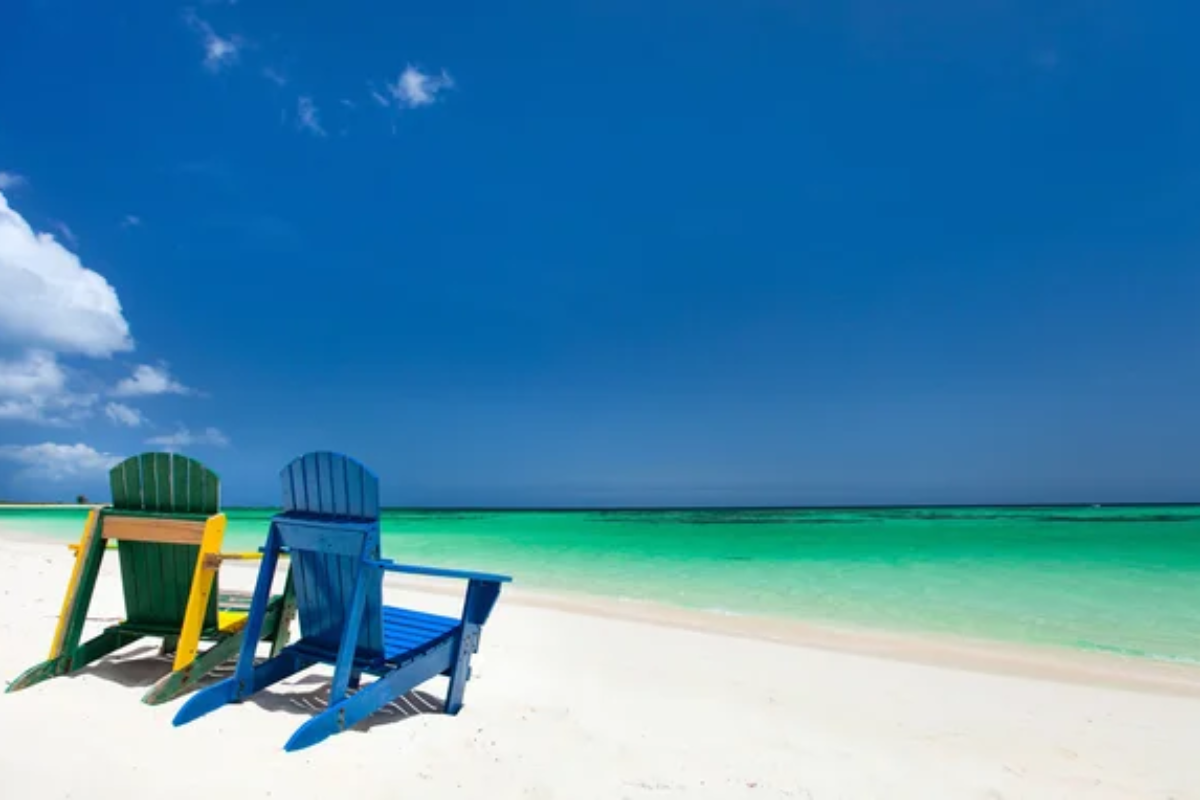
This coral atoll in the British Virgin Islands sits apart from the volcanic chain, both geographically and in atmosphere. Rising barely 28 feet above sea level at its highest point, the island’s low profile kept it off the mainstream tourism radar.
The 18-mile-long Horseshoe Reef surrounding Anegada creates a natural barrier that prevents large cruise ships from visiting, leaving beaches like Cow Wreck and Loblolly Bay blissfully uncrowded. The island’s population hovers around 300 residents, ensuring that its powdery white shorelines remain pristine even during the peak season.
Bequia
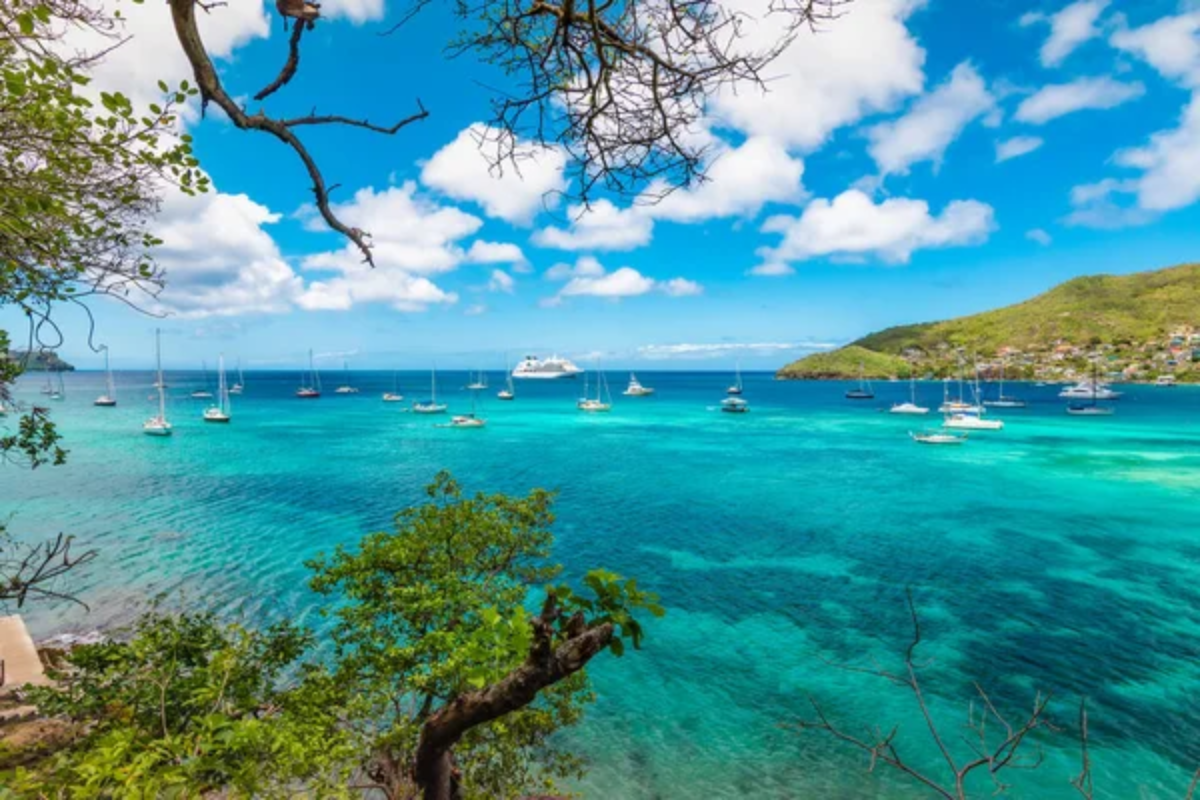
The second-largest island in the Grenadines maintains its traditional character despite being just a short ferry ride from more developed St. Vincent. Princess Margaret Beach offers a perfect crescent of golden sand framed by verdant hills, yet it rarely hosts more than a handful of visitors at once.
The island’s shipbuilding heritage and whaling history have created a distinctive culture that is more focused on maritime traditions than mass tourism. Locals still greet visitors with genuine curiosity rather than seeing them merely as economic opportunities.
Like Travel Pug’s content? Follow us on MSN.
Dominica
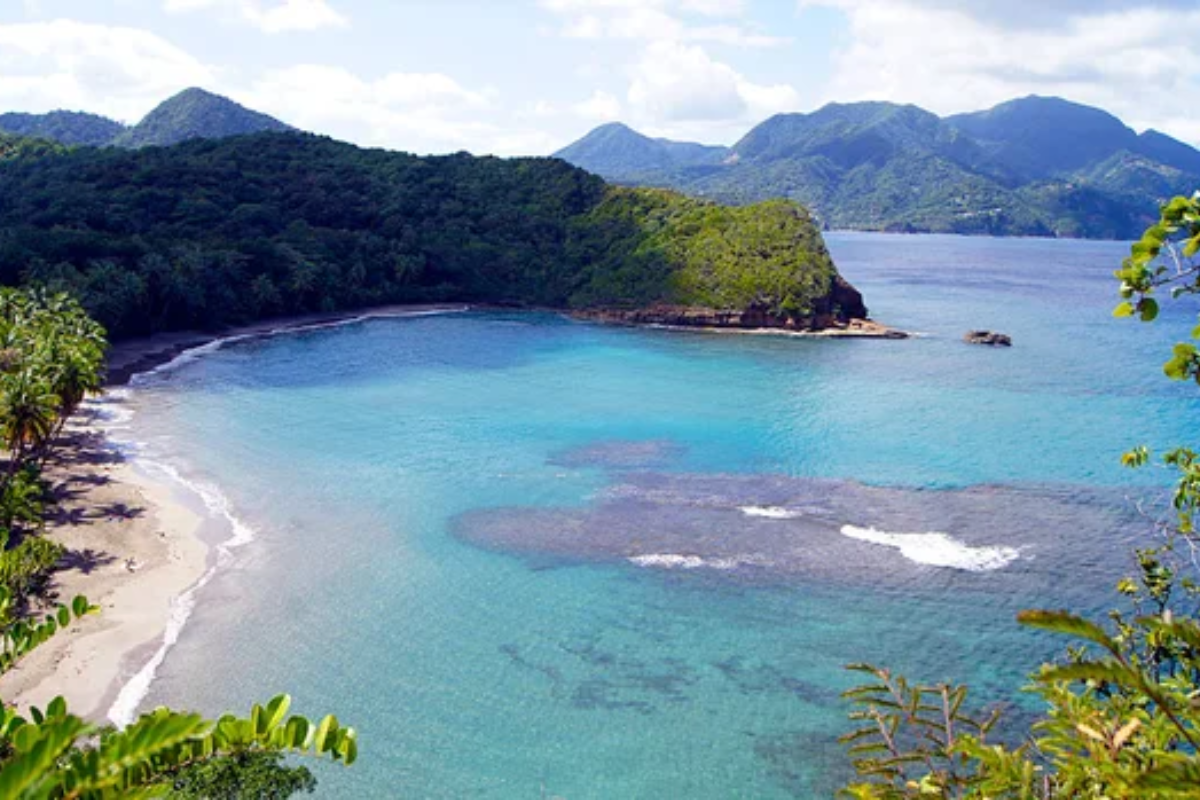
Often confused with the Dominican Republic, this volcanic island focuses on ecological tourism rather than beach resorts, keeping its black and golden shores refreshingly undeveloped. Batibou Beach on the Atlantic coast requires a rough drive and a small entrance fee, filtering out casual visitors and preserving its wild beauty.
The island’s mountainous terrain creates numerous hidden coves accessible only by boat or hiking trail, providing natural seclusion even during the high season. The absence of direct international flights has helped Dominica maintain its status as the Caribbean’s “Nature Island.”
Culebra
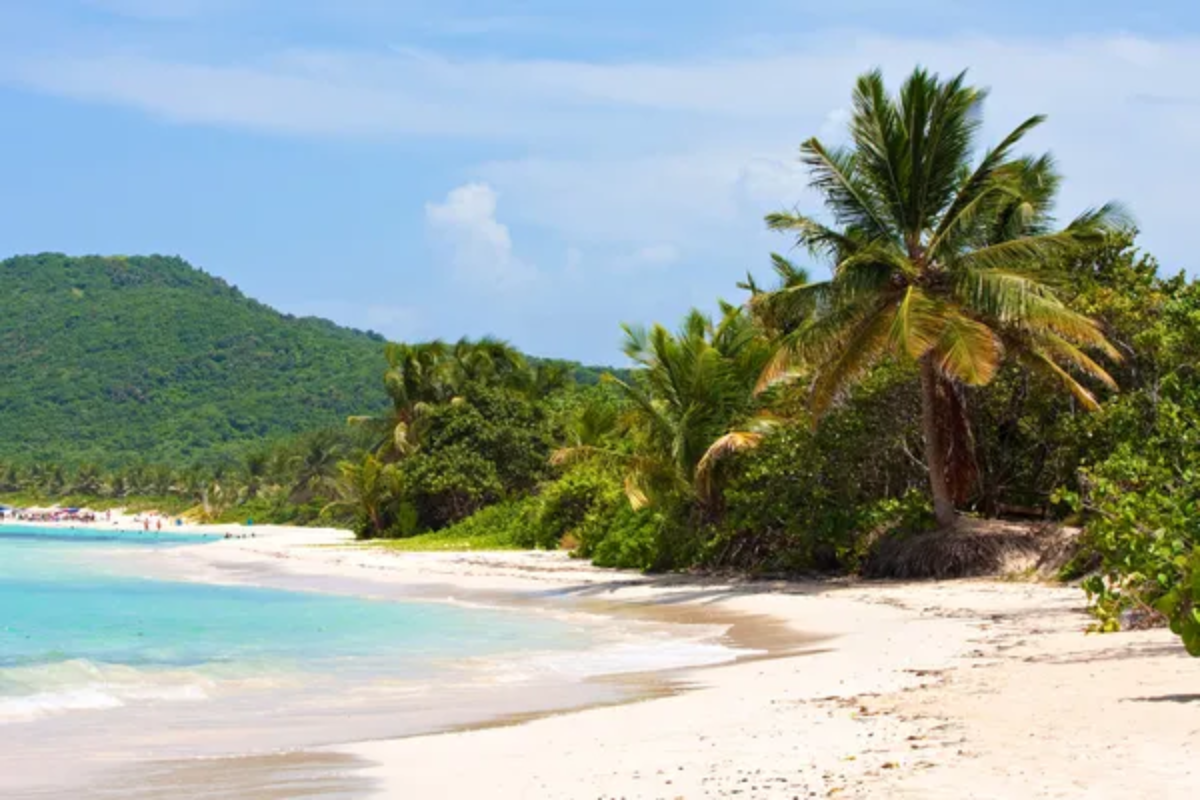
This small island off Puerto Rico’s eastern coast has steadfastly resisted overdevelopment despite its proximity to major tourism markets. Flamenco Beach consistently ranks among the world’s best, yet its mile-long stretch ensures plenty of privacy away from the central access point.
The island’s status as a former U.S. Navy bombing range prevented development for decades, inadvertently preserving its natural beauty. With just a handful of small guesthouses and no major resorts, Culebra maintains a peaceful atmosphere that has disappeared from much of the region.
Barbuda
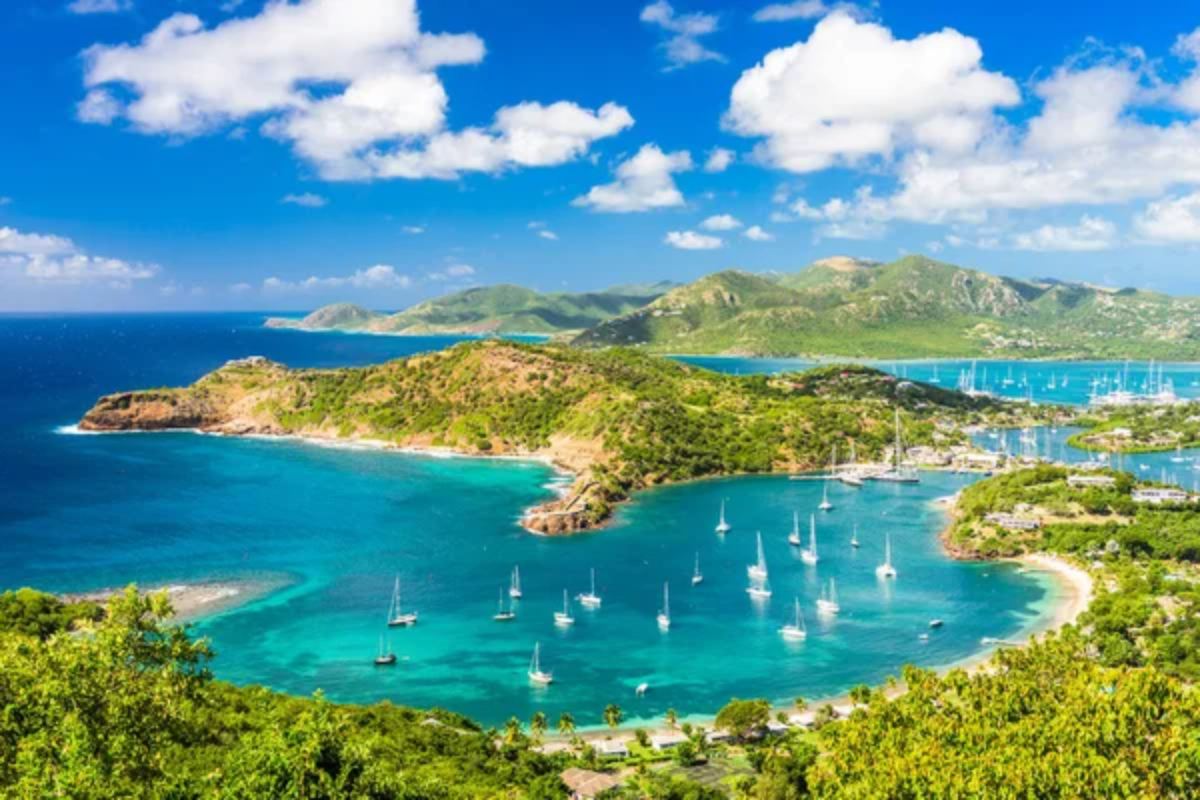
Antigua’s sister island suffered catastrophic damage from Hurricane Irma in 2017, but its remarkable recovery has preserved the pristine nature that made it special. The stunning 11-mile Pink Sand Beach often accommodates more frigatebirds than tourists, its blush-hued shoreline formed by crushed red shells mixed with white sand.
The island’s low population density and limited accommodations ensure that even its most accessible beaches remain uncrowded. Recent conservation efforts have strengthened protection for the island’s fragile coastal ecosystems.
Like Travel Pug’s content? Follow us on MSN.
Marie-Galante
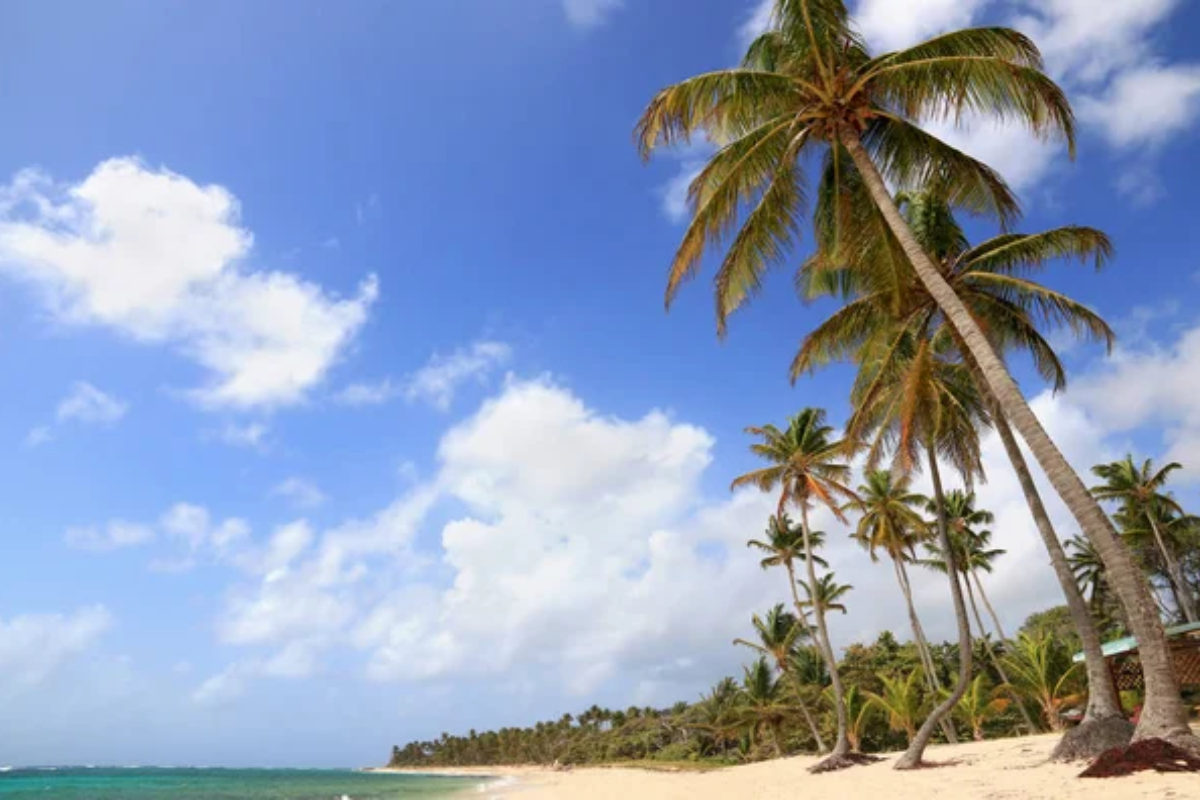
This circular island near Guadeloupe maintains a traditional agricultural lifestyle centered around sugar cane production rather than tourism. Anse Canot beach stretches for over a mile with crystalline waters, yet it rarely sees more than a few dozen visitors, even during peak season.
The island’s hundred windmills and ox carts create a timeless atmosphere that extends to its undeveloped shoreline. French culinary influences combine with local ingredients at small beach restaurants serving fresh-caught fish without the inflated prices found on more touristic islands.
La Désirade
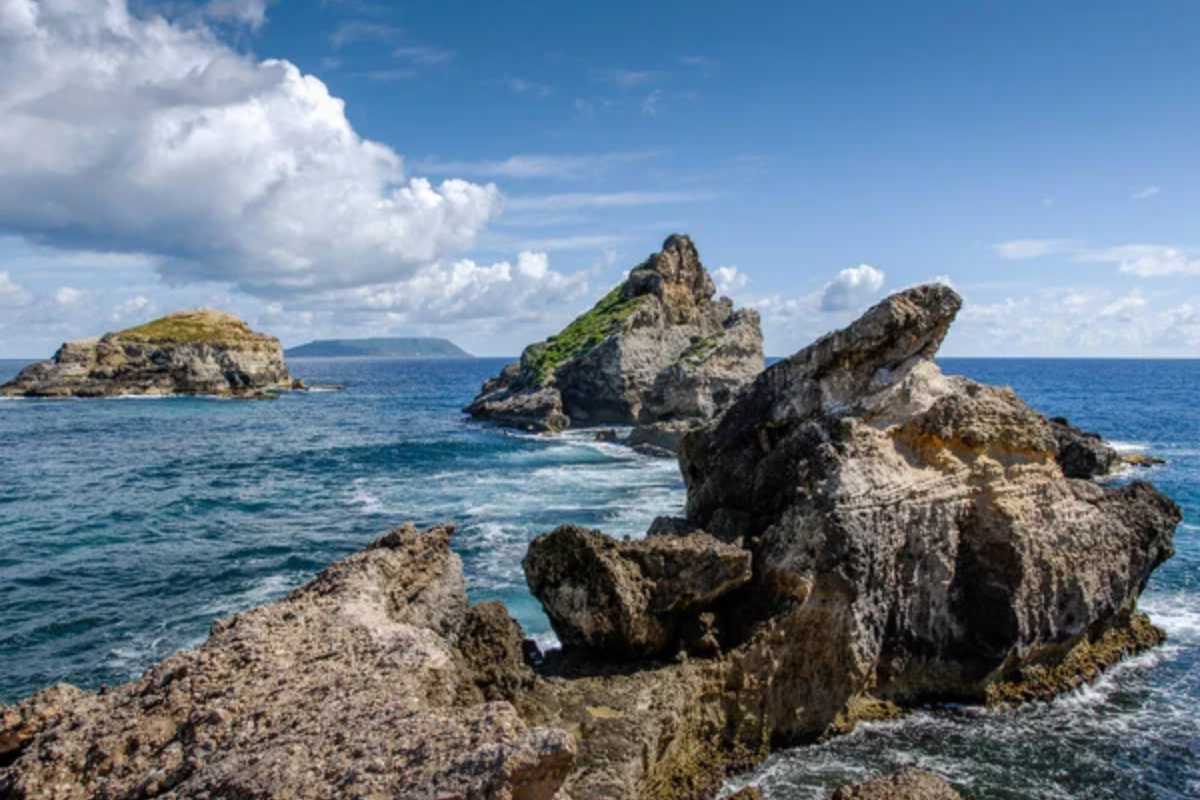
Another Guadeloupe dependency, this seven-mile-long island remains one of the Caribbean’s best-kept secrets despite regular ferry service from the mainland. The beach at Petite Rivière offers powdery white sand and turquoise waters without facilities, development, or crowds to disturb the natural beauty.
The island’s single road and handful of accommodation options ensure that visitor numbers remain manageable even as word spreads about its unspoiled charms. Designated as a UNESCO Geological Reserve, the island’s environmental protections help maintain its pristine coastline.
Little Cayman

The smallest and least developed of the Cayman Islands takes pride in having more iguanas than people, with a human population under 200. Point of Sand Beach offers postcard-perfect vistas with shallow, crystal-clear water ideal for snorkeling, yet visitors can often enjoy it entirely to themselves.
The island’s focus on diving tourism means that even during busy periods, beaches remain uncrowded as most visitors spend their days exploring the renowned Bloody Bay Wall reef system. The absence of night-time entertainment keeps the island’s atmosphere peaceful around the clock.
Like Travel Pug’s content? Follow us on MSN.
Mayaguana
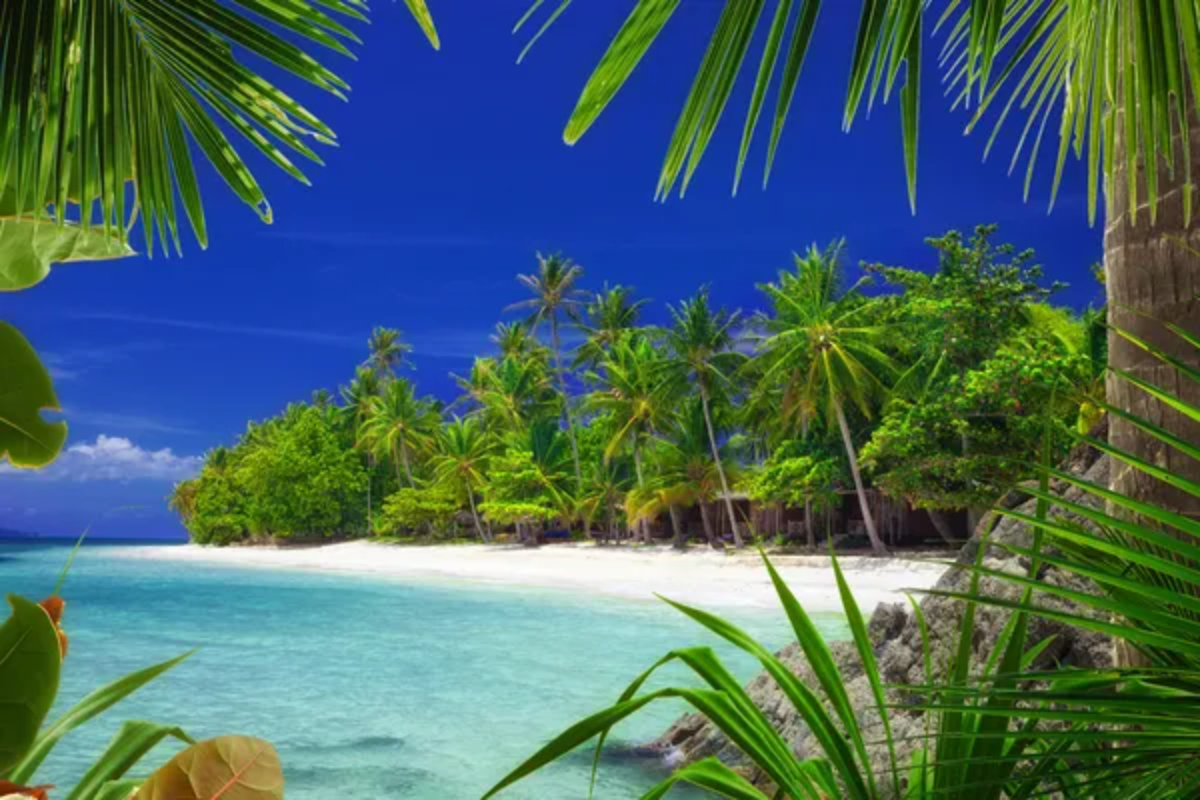
The most isolated of the inhabited Bahamas islands sees perhaps 300 tourists annually, ensuring that beaches like Horse Pond Beach remain virtually untouched. The island’s small settlements house just 300 residents spread across 110 square miles, creating one of the lowest population densities in the region.
Limited transportation options—just two flights weekly from Nassau—help preserve the island’s tranquility and pristine natural environment. Traditional sloop building and fishing remain the primary industries, with tourism infrastructure limited to a handful of small guesthouses.
Saba
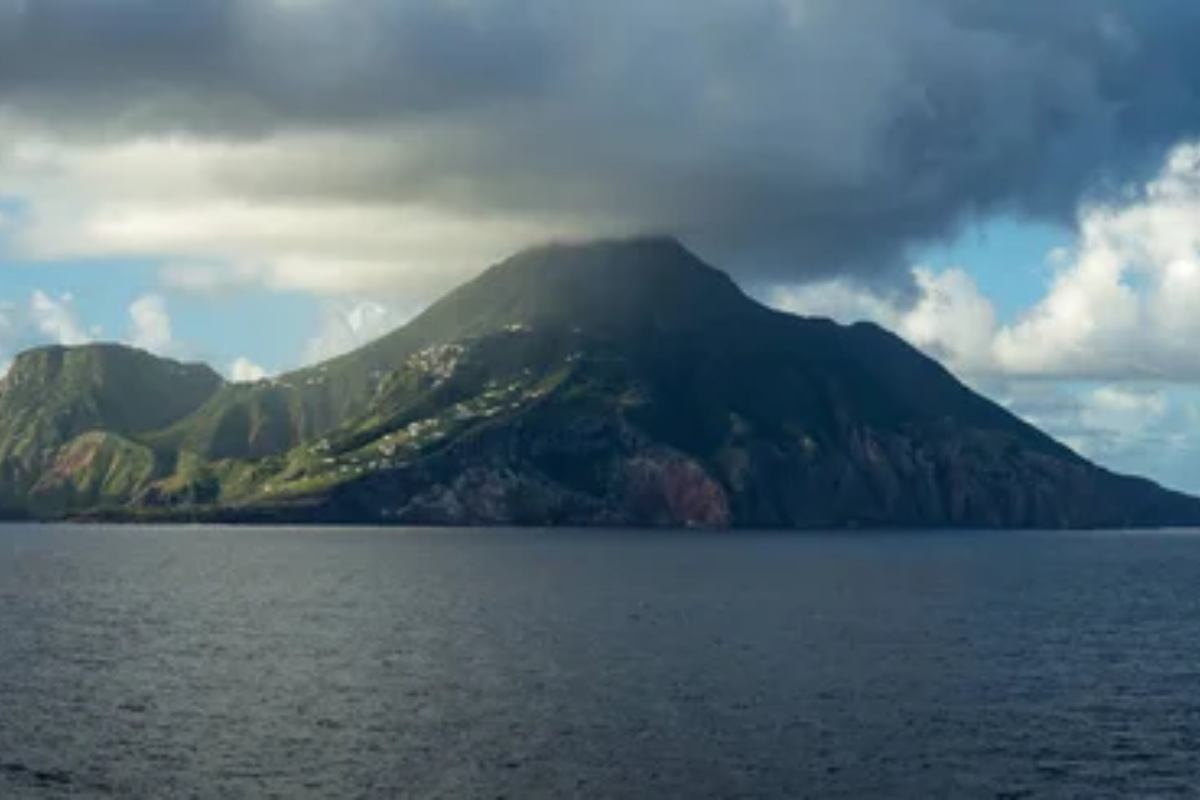
This Dutch Caribbean island may be better known for its mountain than its beaches. Still, Sandy Cruz Bay offers a black sand shoreline that appears and disappears seasonally, ensuring it never becomes overdeveloped.
The island’s dramatic topography creates numerous secluded coves accessible only by boat, providing a level of natural privacy rarely found elsewhere in the Caribbean. With a land area of just five square miles and strict environmental regulations, Saba has avoided the mass tourism affecting neighboring islands. The absence of cruise ship facilities helps maintain the island’s peaceful atmosphere year-round.
Salt Cay
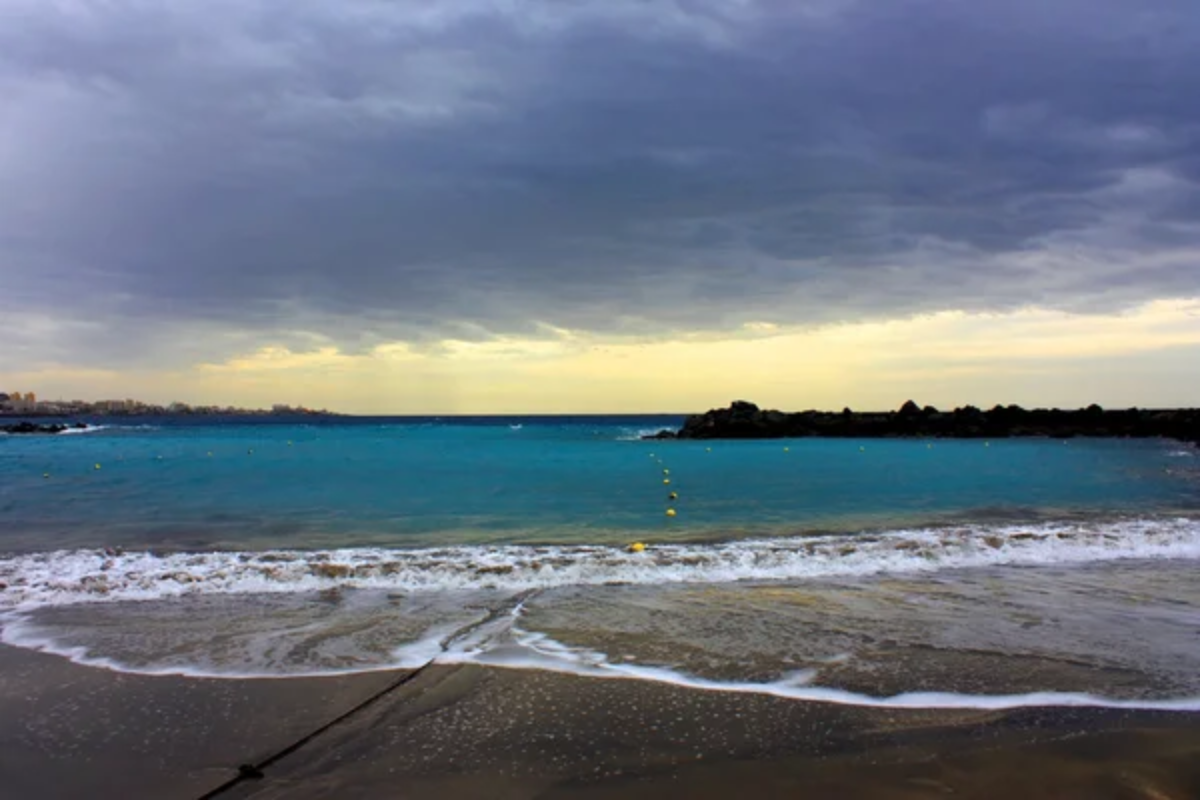
This tiny island in the Turks and Caicos remains blissfully stuck in time, with a permanent population under 100 and beaches that rarely see footprints. North Bay Beach stretches for over a mile with powder-soft sand, yet visitors can often enjoy complete solitude while watching migrating humpback whales offshore during winter months.
The island’s salt production history has left fascinating ruins without spurring modern development that might disturb its natural beauty. Transportation by golf cart and a handful of small guesthouses creates a distinctly laid-back atmosphere impossible to find on more developed islands.
Like Travel Pug’s content? Follow us on MSN.
Mayreau

The smallest inhabited island of the Grenadines has no airport, limited ferry service, and fewer than 300 residents, ensuring its beaches remain peaceful retreats. Saltwhistle Bay presents a perfect crescent of white sand bordered by palm trees, with shallow turquoise water ideal for swimming.
The island’s single road and minimal infrastructure create a genuinely uncommercialized atmosphere, increasingly rare in the region. The surrounding Tobago Cays Marine Park protects from large-scale development while preserving exceptional snorkeling opportunities just offshore.
Montserrat

This British Overseas Territory’s recent volcanic history dramatically reduced tourism, inadvertently preserving the tranquility of beaches on its northern coast. Rendezvous Beach, the island’s only white sand beach, requires either a challenging hike or a boat ride to access, ensuring it remains peacefully uncrowded.
The island’s population decreased by over two-thirds following eruptions in the 1990s, creating a uniquely underpopulated atmosphere. Cultural heritage remains strong, with Irish influences evident in both local music and the residents’ warm hospitality toward visitors.
Jost Van Dyke
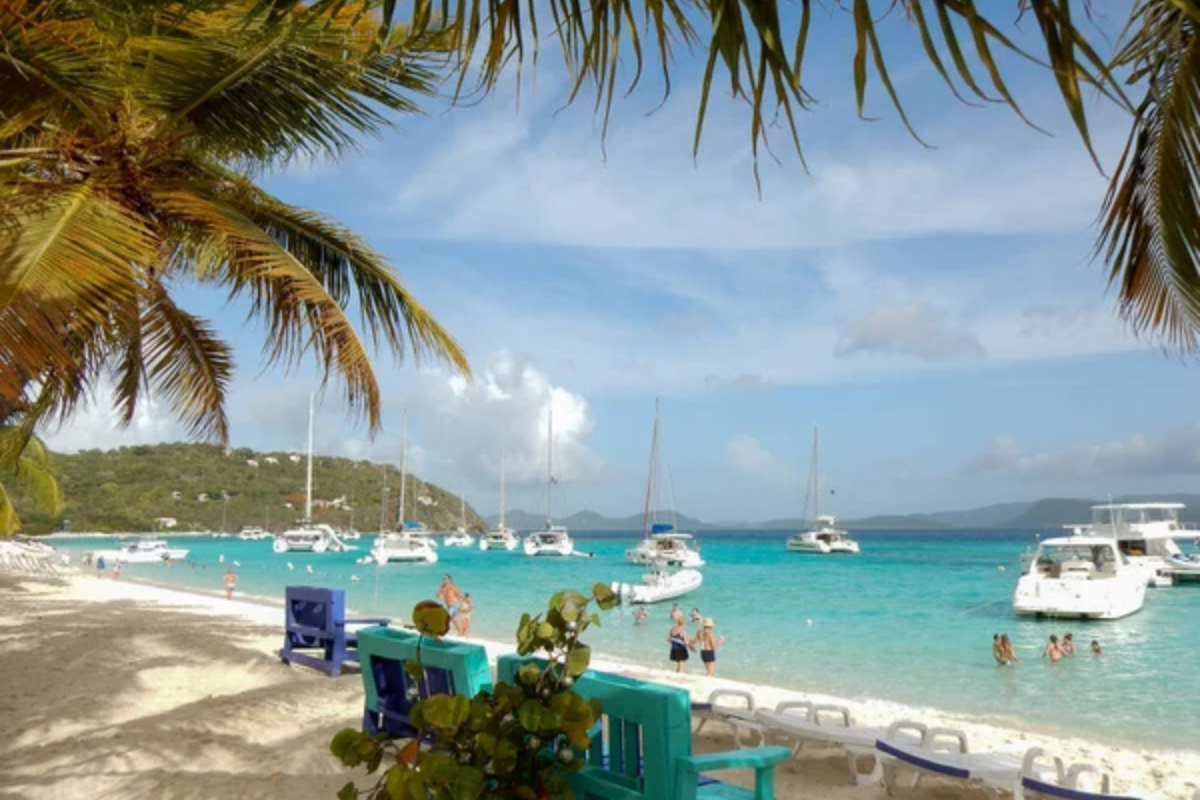
Despite its popularity as a yachting destination, the smallest of the four main British Virgin Islands offers several beaches that remain surprisingly tranquil. White Bay may draw boaters to its famous beach bars, but Sandy Spit and Little Jost Van Dyke nearby provide classic desert island experiences with minimal development.
The island’s small size and permanent population of just over 200 create an intimate atmosphere where visitors quickly become temporary locals. The absence of major resorts or cruise ship facilities helps preserve the island’s distinctive character and natural beauty.
Like Travel Pug’s content? Follow us on MSN.
Vieques
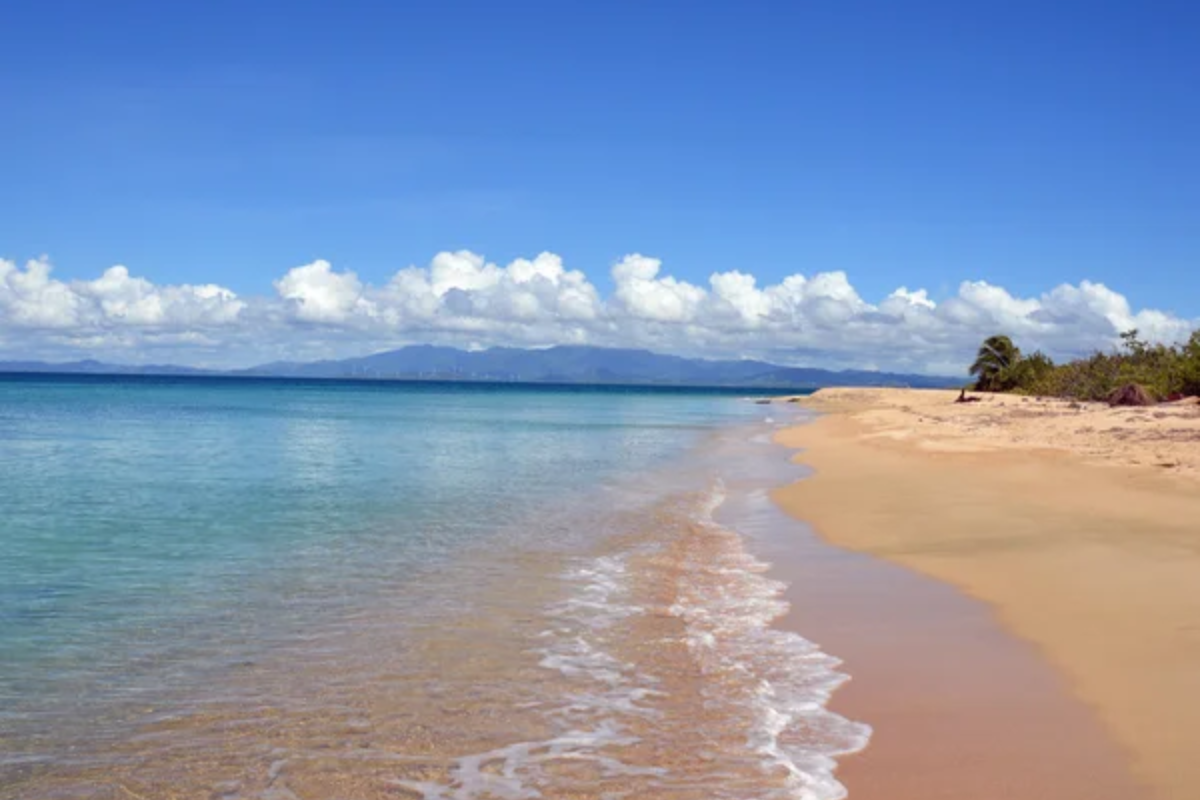
This island off Puerto Rico’s eastern coast has successfully transitioned from a navy testing ground to a nature preserve, protecting its extraordinary beaches from overdevelopment. Playa Caracas (Red Beach) and Playa La Chiva (Blue Beach) offer pristine shorelines within the national wildlife refuge established on former military lands.
The island’s famous bioluminescent bay encourages overnight stays, but limited accommodation options prevent overcrowding of its nearly 40 beaches. Strict conservation measures protect both nesting sea turtles and the Paso Fino horses that roam freely across the island.
Long Island
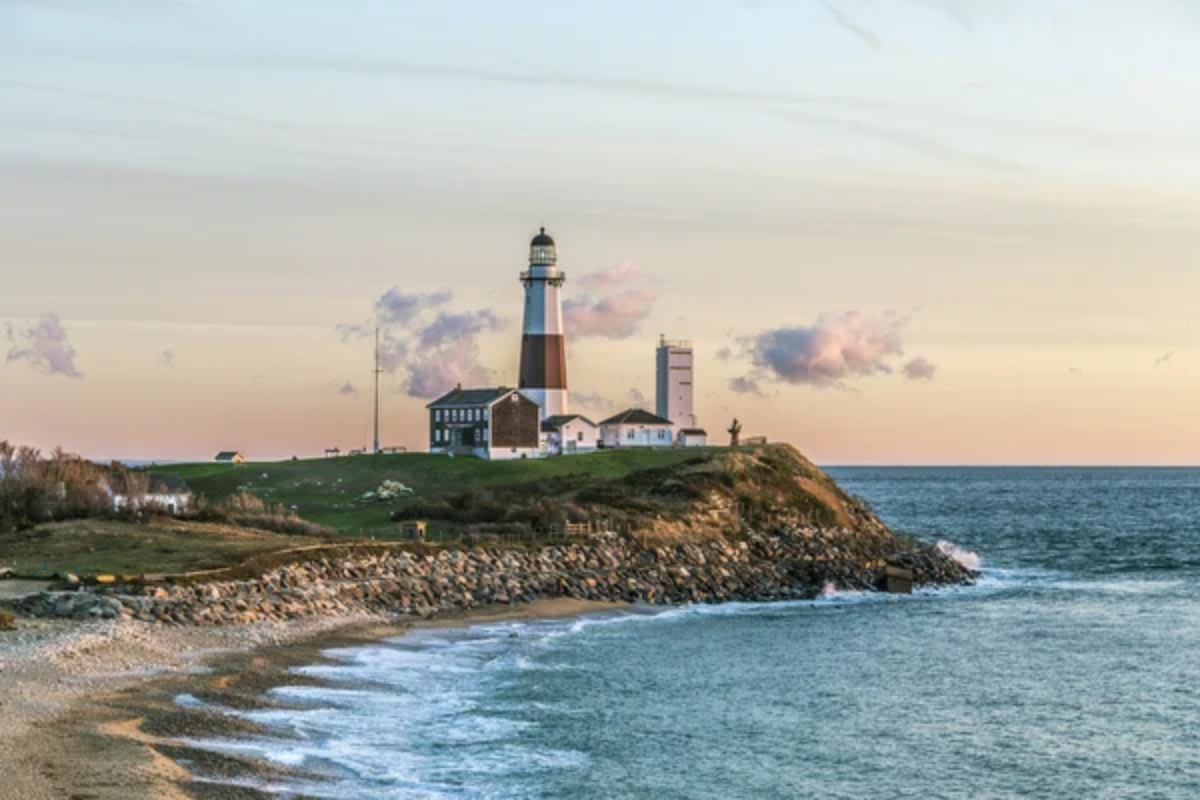
This 80-mile-long Bahamian island remains refreshingly undeveloped despite hosting world-renowned attractions like Dean’s Blue Hole. Cape Santa Maria Beach offers miles of pink-tinged sand with crystal clear waters, yet visitors can walk for hours without encountering another soul.
The island’s topography creates distinct environments on its Caribbean and Atlantic sides, essentially offering two different beach experiences on one island. With no cities, no traffic lights, and a population under 3,000, the island maintains an authentic character that is increasingly difficult to find in the region.
Carriacou
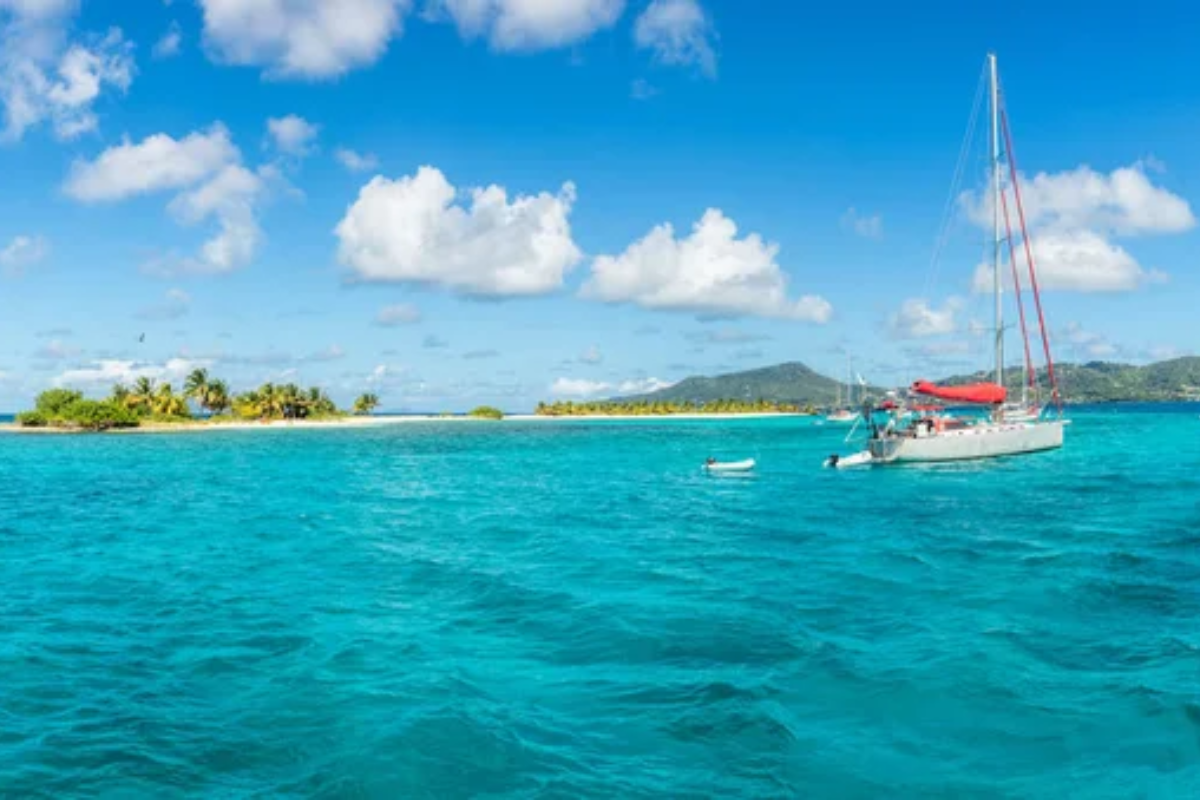
Known as the ‘Land of Reefs,’ this Grenadian dependency preserves traditional boat-building culture alongside pristine beaches like Paradise Beach, where development remains minimal and crowds are nonexistent. The island’s relatively challenging access, requiring either a small aircraft or ferry connection through Grenada, helps maintain its unspoiled character.
Local traditions remain strong, with Big Drum Nation Dance performances and Shakespeare Mas representing cultural expressions found nowhere else in the Caribbean. The surrounding marine protected areas ensure exceptional snorkeling directly from uncrowded shores.
Like Travel Pug’s content? Follow us on MSN.
Guanaja
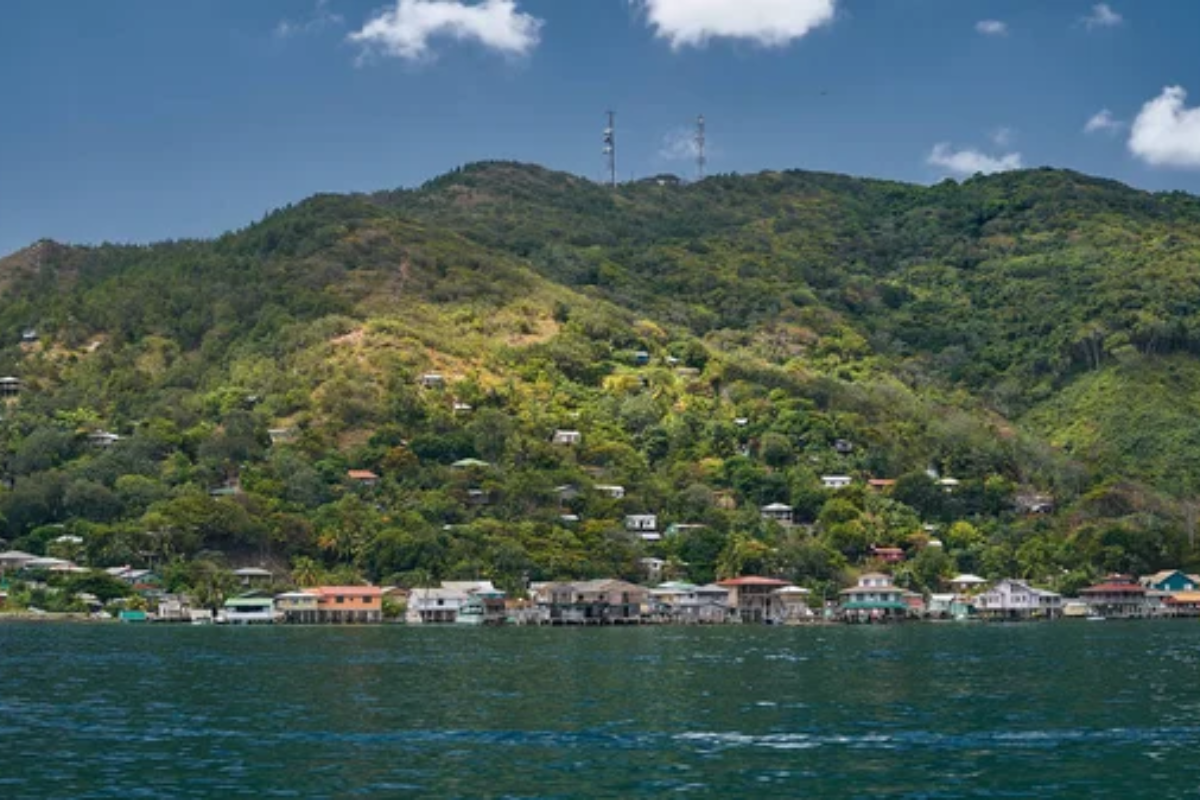
The most remote of Honduras’ Bay Islands receives few visitors despite white sand beaches and the western Caribbean’s second-largest barrier reef system. Beach access often requires water taxi services from the main settlement, creating natural crowd control that preserves shoreline tranquility.
The island’s mountainous interior, rising to 1,400 feet, creates a distinctive landscape unlike typical low-lying Caribbean destinations. With only one road and most transportation occurring by boat, Guanaja maintains an isolated atmosphere despite growing interest from adventurous travelers.
Tobacco Caye
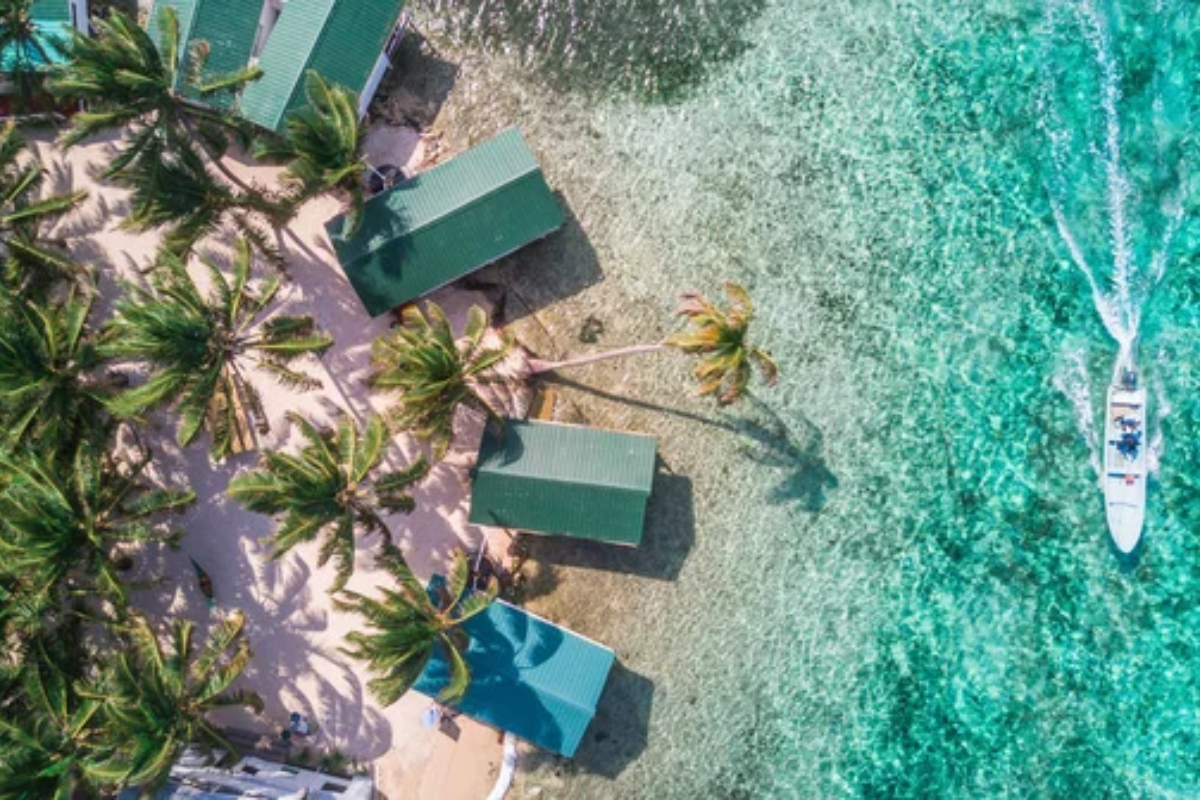
This five-acre island on Belize’s barrier reef epitomizes the barefoot simplicity that initially attracted travelers to the Caribbean decades ago. The entire island can be walked in under 15 minutes, with beaches surrounding a central cluster of small, family-run accommodations built on stilts over the water.
The island’s position directly on the barrier reef means visitors can swim to exceptional snorkeling sites directly from shore without tour boats or crowds. The absence of vehicles, resort facilities, or even 24-hour electricity creates a genuine escape from modern pressures that are increasingly difficult to find elsewhere.
Petit St. Vincent

This private island resort in the Grenadines operates 22 scattered cottages across 115 acres, ensuring that its pristine beaches never feel crowded even at full capacity. The island’s unique flag communication system—yellow for service, red for privacy—extends to its beaches, where staff respect guests’ desire for solitude.
The absence of telephones, televisions, and Wi-Fi in accommodations encourages genuine disconnection, rarely possible at typical Caribbean resorts. The island’s commitment to sustainability includes a reverse osmosis plant and extensive kitchen gardens supplying the restaurant with fresh produce.
Like Travel Pug’s content? Follow us on MSN.
Finding Your Perfect Stretch of Sand

These twenty islands demonstrate that the Caribbean still has genuine beach lives to share with those who value calm over ease. While to access these more peaceful beaches generally requires more effort—more flights to connect, ferry rides, or dirt roads—the reward is in being able to experience the unspoiled natural beauty of the area without the crowds that congest more accessible locations.
As the area continues to develop, these peaceful enclaves are increasingly precious, offering windows into the unspoiled heaven which first enticed travelers to the Caribbean hundreds of years ago.
More from Travel Pug

- Cities Growing so Fast You Won’t Recognize Them in 10 Years
- 13 Destinations Where Tourists Regularly Regret Their Trip
- 16 U.S. Cities That Are Quietly Becoming Travel Hotspots
- Where to Travel If You Love Long Bus Rides and Daydreams
- 20 Cities Perfect for Solo Travelers Who Crave Adventure & Culture
Like Travel Pug’s content? Follow us on MSN.
